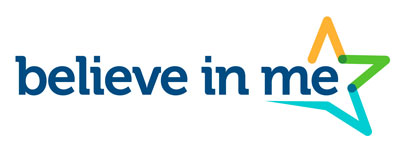Education is touted as the great equalizer, yet for too many marginalized youth, the system falls short. Educational inequities continue to widen the gap, leaving disadvantaged students with limited opportunities. The conversation about bridging these disparities is not only timely but also essential for building a just future. In this post, we dive into the realities of unequal education, explore effective strategies for improvement, and examine inspiring case studies, all while drawing connections to the impactful work of Believe in Me.
A brief look into current search trends reveals questions like: “What are educational inequities?”, “How do educational inequities affect marginalized youth?”, “What strategies help bridge the education gap?”, “What programs effectively support marginalized youth education?”, and “What role does advocacy play in driving change?” These questions will inform our discussion as we outline how educators, policymakers, and parents can lead change.
Let’s unpack the issue, highlight practical solutions, and learn how platforms like Believe in Me News and Believe in Me Organization are making a difference by empowering communities to combat educational inequities.
Overview: How Addressing Educational Inequities Empowers Marginalized Youth
At its core, the fight against educational inequities is about leveling the playing field for every student, regardless of race, socioeconomic background, or geographical location. Marginalized youth often face systemic barriers that hinder access to quality education. When these barriers are addressed, it empowers young people with the skills, confidence, and opportunities they need to succeed.
Education that is inclusive and equitable sets the stage for innovative leadership in the community. By tapping into programs that directly target these challenges, educators and community leaders can advocate for fair resource allocation, inclusive curricula, and supportive learning environments. As noted by the Brookings Institution, systemic inequities in education can have lasting impacts on student achievement and long-term economic stability (Brookings Institution, 2023). Similarly, the National Education Association (NEA) emphasizes the need for comprehensive strategies to mitigate these disparities (NEA, 2023).
When we connect these dynamics to the mission of Believe in Me, it becomes clear that the empowerment of youth through education is not merely an ideal—it’s an actionable reality. The initiatives spearheaded by Believe in Me serve as a testament to what happens when targeted support meets community commitment.
Common Questions about Educational Inequities
- What are educational inequities?
They refer to the unequal distribution of academic resources and opportunities, leading to significant disparities in educational outcomes for students of different backgrounds. - How do educational inequities affect marginalized youth?
Marginalized youth often experience lower quality schooling, limited access to advanced courses, and inadequate support, which can perpetuate cycles of poverty and limit future opportunities. - What strategies help bridge the education gap?
Effective strategies include policy reforms, targeted funding, community engagement, mentorship programs, and the integration of trauma-informed practices. - What programs support marginalized youth education?
Numerous programs exist – from grassroots community initiatives to comprehensive statewide reforms. Programs by organizations like Believe in Me exemplify successful approaches aimed at improving both access and quality of education. - How essential is advocacy in addressing these inequities?
Advocacy is crucial. It mobilizes resources, influences policy, and ensures that the voices of the most affected are heard, leading to sustainable change.
Case Studies of Successful Programs
Nothing illustrates progress better than real-world examples where targeted efforts have made significant inroads into closing the education gap. At Believe in Me, several programs have been implemented with promising results.
Case Study 1: The Inclusive Learning Initiative
The Inclusive Learning Initiative, a program championed by Believe in Me, focuses on equipping educators with tools and training to create trauma-informed, culturally responsive classrooms. One standout success story is that of a school district in the Midwest that saw improved student engagement and academic performance by integrating mindfulness practices and peer mentorship. As educators were encouraged to adopt practices that recognized the unique challenges faced by marginalized youth, the overall classroom environment was transformed, leading to a more inclusive and supportive academic setting.
This initiative has not only empowered teachers with practical strategies but also provided marginalized students with a more positive and equitable learning experience. The results of the program have been featured in local district reports and serve as a model for effective community-led reform.
Case Study 2: The Bridge the Gap Scholarship Program
Another powerful example is the Bridge the Gap Scholarship Program, launched in collaboration with community leaders and educational organizations. This program targets students from under-resourced communities, providing scholarships, tutoring, and mentorship that help level the academic playing field. One beneficiary, a bright and determined student named Kevin, credits the program with opening doors to higher education that he had never imagined possible.
Through personalized mentorship and a commitment to holistic development, the program addresses not only financial barriers but also the social and emotional support needs of marginalized youth. Reports from the initiative indicate a marked improvement in graduation rates and post-secondary enrollment among participants—a testament to the power of well-resourced educational support programs.
The Role of Addressing Educational Inequities in Building Stronger Communities
Addressing educational inequities is not solely about improving test scores; it’s about sowing the seeds of long-term community resilience. When all students have access to high-quality educational resources, they are better equipped to contribute to their communities, drive local economic growth, and promote sustained social change.
Marginalized youth who receive quality education often become vocal advocates in their community, pushing for broader reforms and ensuring that the conversation around educational funding and support remains vibrant. As highlighted by the NEA in its report on strategies to address educational disparities, when educational equity is prioritized, communities see a ripple effect of positive outcomes—from enhanced civic participation to reduced crime rates (NEA, 2023).
Believe in Me champions this holistic approach by offering educational resources that empower youth to not only succeed academically but also to become community advocates. By addressing the root causes of educational inequities, we pave the way for an empowered generation that can enact systemic change.
Actionable Ways You Can Help Bridge the Education Gap
Feeling inspired? Here are some concrete steps that educators, policymakers, and parents can take to address educational inequities and support marginalized youth:
- Support Inclusive Programs: Invest time and resources in programs like those offered by Believe in Me. These programs integrate trauma-informed practices and culturally responsive teaching that can transform classrooms.
- Advocate for Policy Reform: Engage with local and national policymakers to push for legislation that increases funding for underserved schools and incorporates comprehensive support systems.
- Participate in Community Initiatives: Volunteer your expertise or time with school boards or nonprofit organizations that work to reduce educational disparities.
- Access and Share Resource Guides: Download educational resource guides and share best practices within your networks. Believe in Me offers comprehensive guides that can be a game changer for those looking to make a difference.
- Foster Mentorship Opportunities: Encourage partnerships between schools and local businesses or community groups to create mentorship opportunities for marginalized students.
These actionable steps are more than just suggestions—they are building blocks in creating a more equitable society. If you’re ready to take action, join the movement by attending workshops, volunteering, and advocating for systemic changes. Every small step counts toward a larger shift.
Conclusion: Empowering the Next Generation Through Education
The chasm of educational inequities may seem daunting, but every effort to bridge it takes us one step closer to a fairer system. By focusing on inclusive programs, policy reform, and community engagement, we create a fertile ground for marginalized youth to thrive.
Initiatives like the Inclusive Learning Initiative and the Bridge the Gap Scholarship Program show that with the right support, the future of education shines brighter. Believe in Me’s commitment to empowering youth is a beacon of hope that challenges the status quo and fosters sustainable change.
Together, educators, parents, and community leaders can create environments where every student has access to quality education. Let’s harness our collective voices to advocate for equity and ensure that no youth is left behind.
Download our educational resource guide today and join us in this transformational journey. Remember, bridging the education gap is not just a goal—it’s a movement.
Citations: Brookings Institution, 2023; National Education Association, 2023.
Get to know more about Believe in Me and Help a Kid Today
References
Brookings Institution, 2023; National Education Association, 2023.







